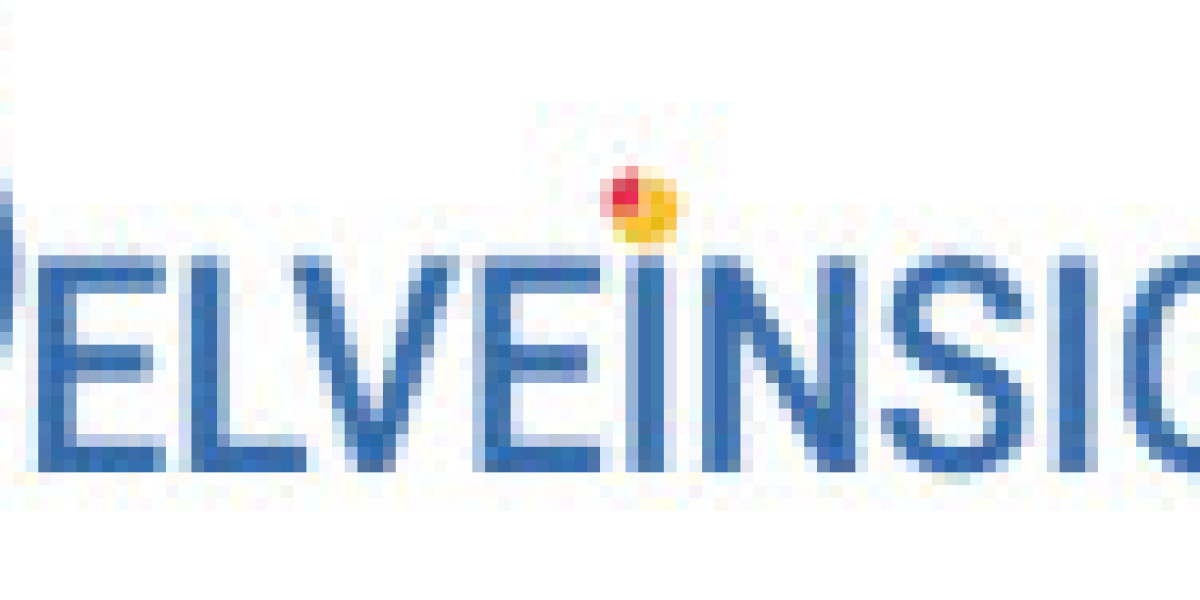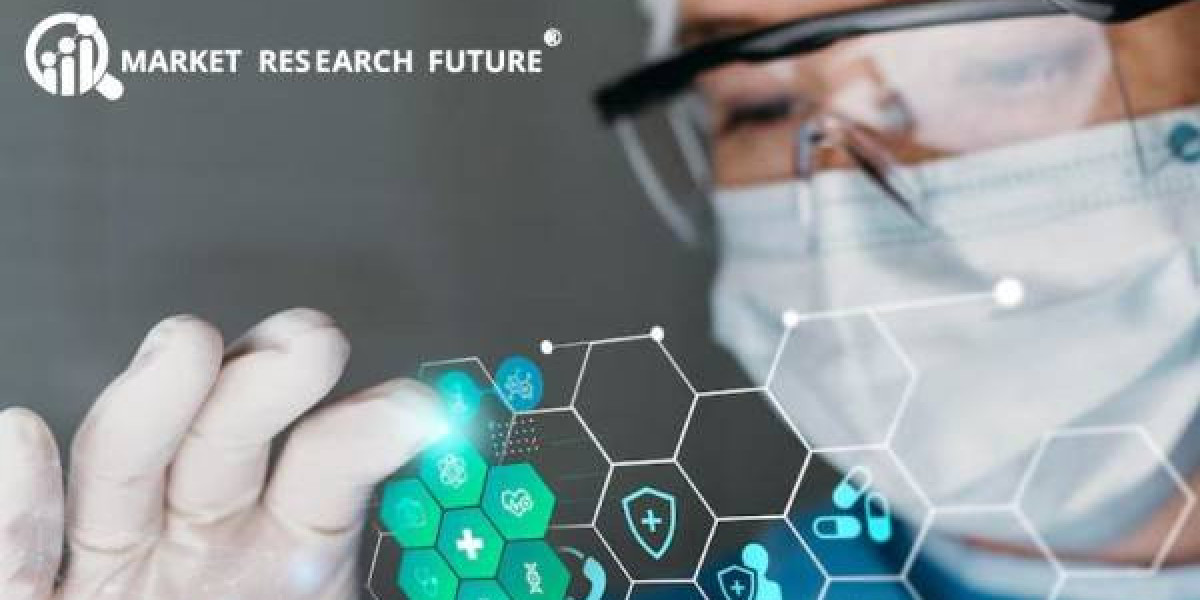Robotics is rapidly becoming an essential part of modern healthcare. From streamlining surgeries to supporting routine patient care, robots are redefining medical practices across the globe. The integration of robotics not only enhances service delivery but also presents new opportunities to increase safety, reduce errors, and extend care to underserved populations.
Five Key Use Cases for Robots in Healthcare
Robots are now found in nearly every aspect of medical care. Their top use cases include:
Surgical Robotics: With precision controls and enhanced visualization, robotic systems allow for minimally invasive surgeries with better outcomes.
Rehabilitation Devices: Robotic exoskeletons and therapy machines assist patients in regaining mobility and independence after injury or illness.
Remote Consultations: Telepresence robots bridge the gap between doctors and patients across distances, enabling real-time care delivery.
Automated Drug Dispensing: Robots in pharmacies ensure precise and safe medication handling, reducing human error.
Robotic Nurses: These machines support bedside care, helping with routine tasks such as patient monitoring, reminders, and deliveries.
Together, these applications highlight how robotics in healthcare is becoming an indispensable tool for modern medical facilities.
Key Advantages of Medical Robotics
One of the most notable benefits of healthcare robotics is surgical accuracy. With robotic assistance, surgeons can make smaller incisions, reduce patient trauma, and shorten recovery periods. Robots also enable hospitals to maintain consistent care, even during staff shortages or peak times.
In pharmacy and caregiving environments, robots improve operational speed and minimize errors. They work tirelessly, offering support 24/7 without fatigue.
These technological advancements bring immense value to both healthcare providers and patients. The benefits of robotics in healthcare include greater safety, reduced complications, and better management of hospital resources.
Understanding the Drawbacks
Despite their advantages, robots are not without limitations. The high financial investment required for purchasing and maintaining these systems remains a significant hurdle for many healthcare institutions.
There are also operational concerns, including the risk of mechanical failure during procedures. Additionally, extensive training is needed to ensure that staff can properly use these advanced tools.
From a patient experience perspective, the disadvantages of medical robots also include the possibility of reduced human interaction, which can affect trust and communication during treatment.
Future Potential of Robotics in Medicine
The future of robotics in healthcare is expected to involve deeper AI integration, enabling real-time analytics, improved diagnostics, and predictive care models. Robots may soon play a central role in early disease detection, automated triage, and even clinical decision-making.
Moreover, as manufacturers focus on making systems more accessible and user-friendly, we can expect to see greater adoption in community clinics and rural health centers—bringing advanced care to places it previously couldn't reach.
Final Thoughts
Robotic technologies are dramatically altering the healthcare landscape. They provide the accuracy, consistency, and speed that human professionals alone may struggle to sustain. While some challenges remain, the ongoing advancements and growing adoption of robotics promise a more efficient, precise, and accessible future for healthcare worldwide.
Latest Reports Offered By DelveInsight:
Anti-Neutrophil Cytoplasmic Antibody-Associated Vasculitis Market | Carcinoid Syndrome Market | Catheter Stabilization Devices Market | Chronic Smell And Flavor Loss Market | Clostridium Difficile Infections Market | Convulsive Seizures Market | Diabetic Gastroparesis Market | Endoscopic Ultrasound Market | Graves Disease Market | Hereditary Deafness Medical Device Market | Hypophosphatasia Market | Immune Thrombocytopenia Market | Impetigo Market | Intraocular Lymphoma Market | Langerhans Cell Histiocytosis Market | Liver Fibrosis Market | Mantle Cell Lymphoma Market | Metastatic Merkel Cell Carcinoma Market | Myotonic Dystrophy Market | Niemann Pick Disease Type C Market | Nonmuscle Invasive Bladder Cancer Market | Overactive Bladder Syndrome Market | Peanut Allergy Market | Pediatric Growth Hormone Deficiency Market | Pediatric Neuroblastoma Market | Pelizaeus-Merzbacher Disease Market | Peritoneal Carcinomatosis Market | Persistent Epithelial Defects Market | Pork Tapeworm Infection Market | Primary Hyperoxaluria Market |
Latest Reports :
https://www.delveinsight.com/sample-request/hepatic-encephalopathy-epidemiology-forecast-insight
https://www.delveinsight.com/sample-request/hepatitis-a-market
https://www.delveinsight.com/sample-request/hepatitis-d-epidemiology-forecast
https://www.delveinsight.com/sample-request/hepatorenal-syndrome-epidemiology-forecast
https://www.delveinsight.com/sample-request/her2-hr-breast-cancer-market
https://www.delveinsight.com/sample-request/her2-positive-early-breast-cancer-market
https://www.delveinsight.com/sample-request/hereditary-deafness-market
https://www.delveinsight.com/sample-request/herpes-genitalis-market
https://www.delveinsight.com/sample-request/herpes-labialis-market
https://www.delveinsight.com/sample-request/herpes-zoster-epidemiology-forecas








